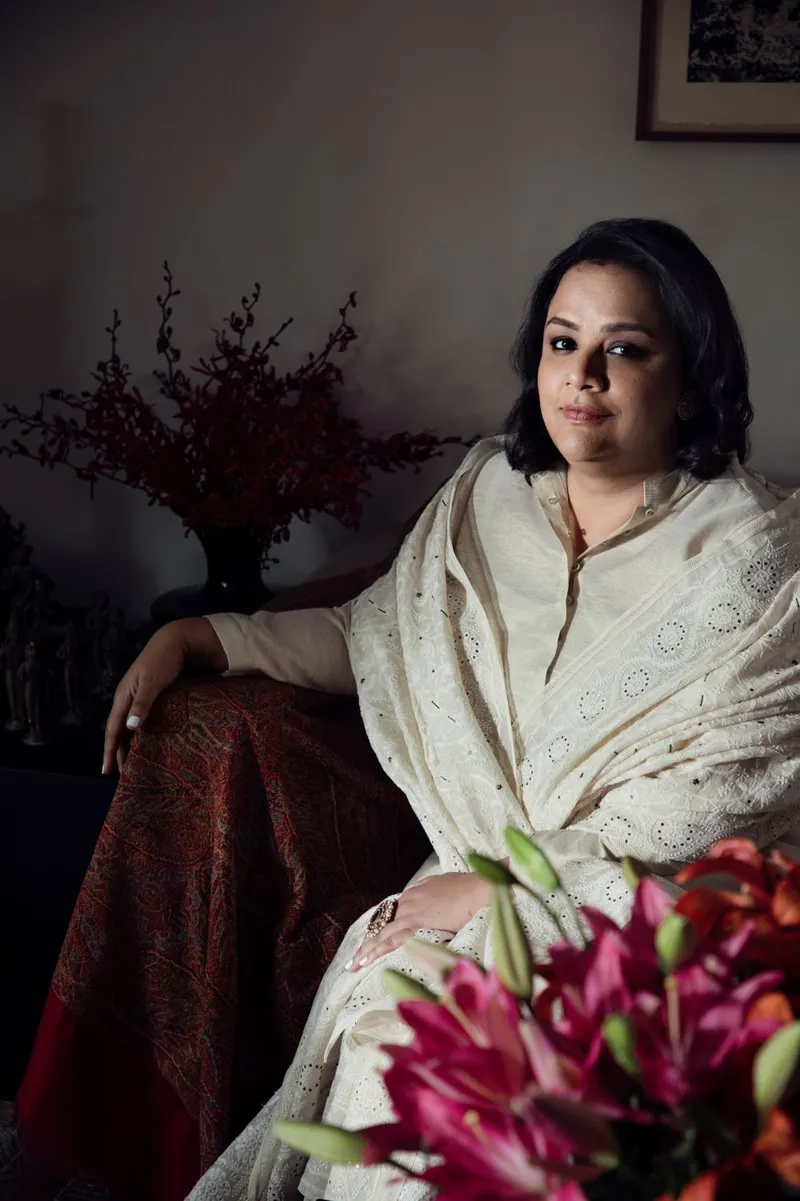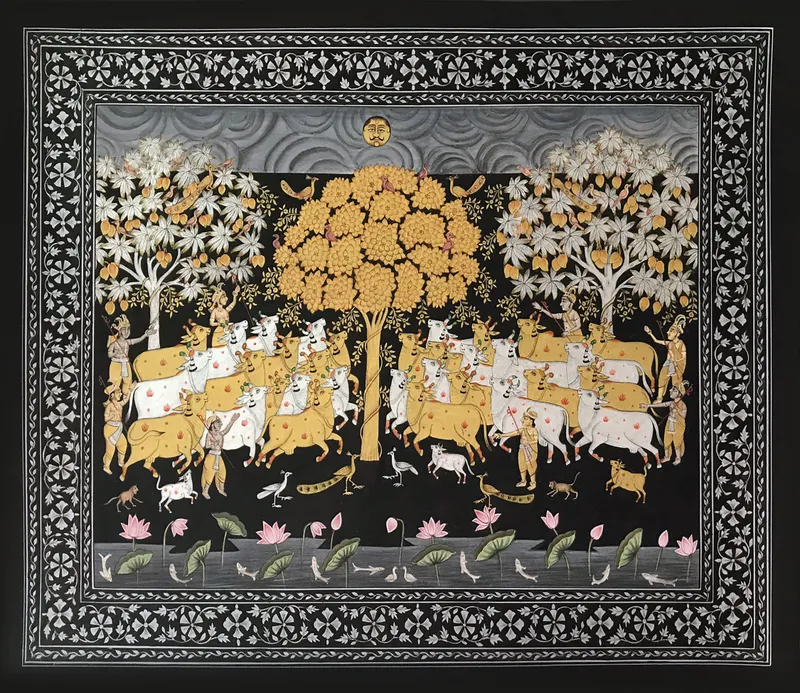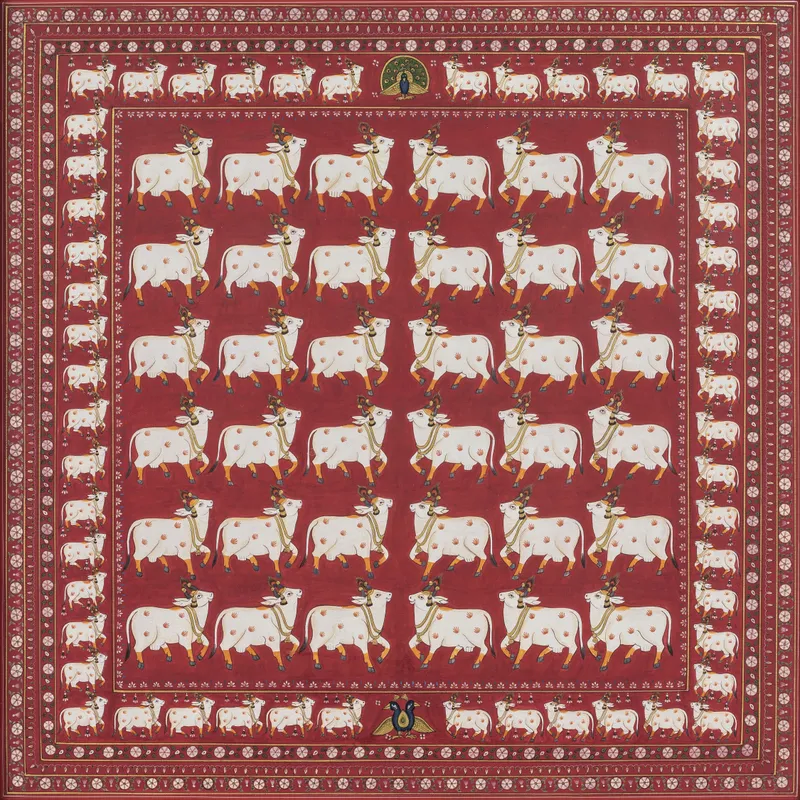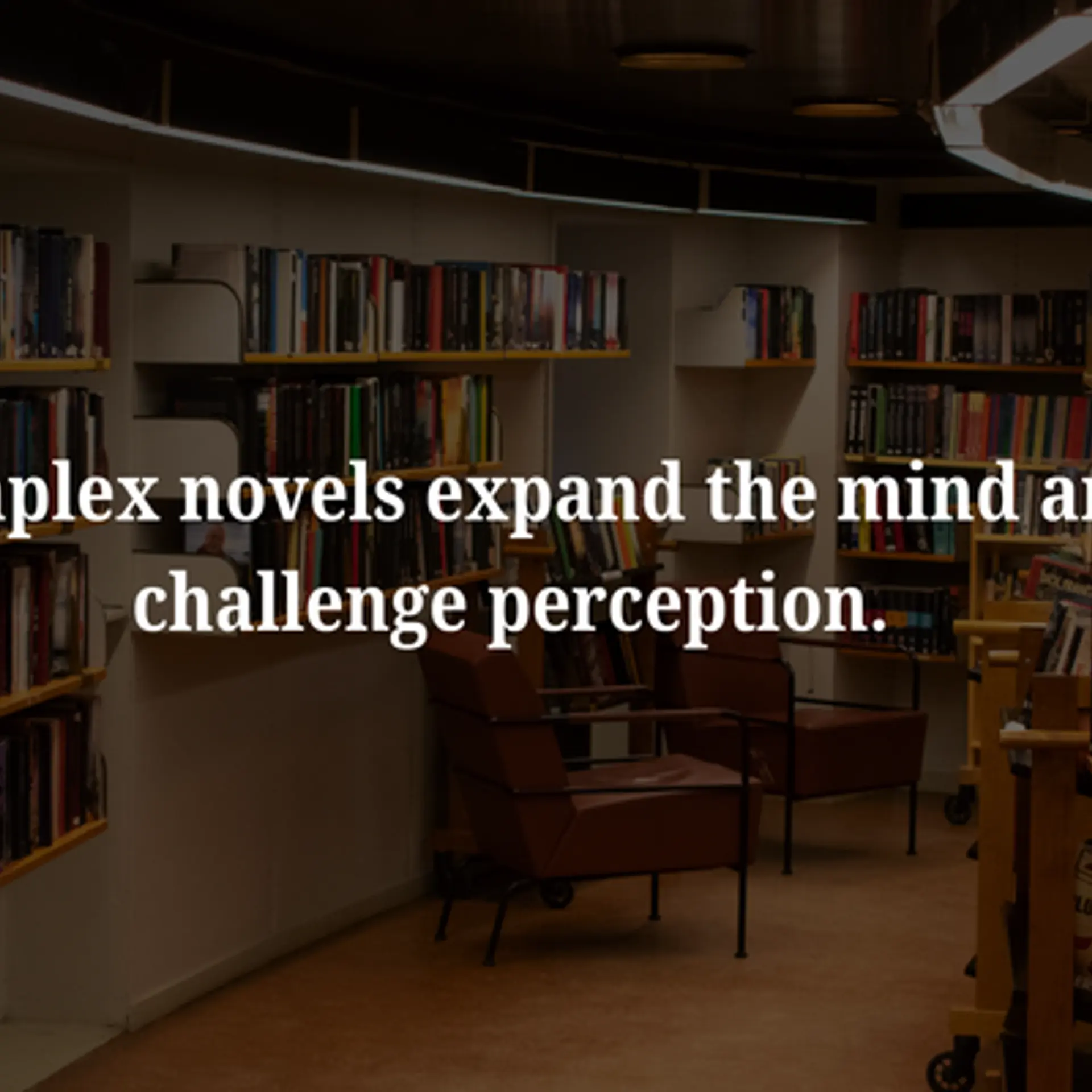Heritage revivalist Pooja Singhal is on a mission to give a modern gaze to traditional Pichwai
Pooja Singhal, Founder of Udaipur-based atelier Pichwai: Tradition and Beyond, is taking 400 Pichwai artworks to London to present the artform to an international audience.
Historically, the traditional art form of Pichwai has been associated with the Hindu deity of Shrinathji (an avatar of Lord Krishna) and used as a backdrop in the shrines of the temples of Nathdwara, Rajasthan. However, heritage revivalist and art collector Pooja Singhal wants to make Pichwai relevant beyond religion and temple tradition and put it on the global map of contemporary art.

Pooja Singhal, heritage revivalist and art collector
Singhal set out on this mission with the launch of the atelier ‘Pichwai: Tradition and Beyond’ ten years ago. The Udaipur-based atelier collaborates with master artists, restoring traditional techniques while making room for contemporary artistic expression. While the artform remains rooted in the age-old theme of Shrinathji, the presentation is contemporary in terms of framing, lighting and colours.
“A key decision I made was not to start small,” says Singhal. “Instead of launching the revival initiative with just 10 or 15 Pichwais, I knew the impact had to be significant,” she tells YS Life.
Her very first exhibition, in 2015, in collaboration with Gujral Foundation in Delhi’s Jor Bagh, spanned an entire bungalow, featuring nearly 150 artworks.
Singhal is now taking a collection—titled Feast, Melody and Adornment—of over 400 original Pichwai artworks to London’s Mall Galleries. The exhibition in July will showcase the historical significance of the 400-year-old art form and its evolution over the years.
A structured ecosystem
Traditionally, the practice of Pichwai art was restricted to the father and the son. “A single family could create (only) a handful of pieces each year,” says Singhal. This was why traders never attempted large-scale Pichwai exhibitions before, she adds.
Singhal realised that traditional artists, unlike their contemporary counterparts, had limited exposure to the world outside of Nathdwara and its surroundings. Hence, instead of relying on the conventional tradition of the father passing down the skills to the son, Singhal built a structured atelier system that allows the development of a significant number of works that can be exhibited on a larger scale.
Pichwai: Tradition and Beyond integrates artists from the Pichwai community and acts as a curator, gallery and commissioner, creating a whole ecosystem for the art. The atelier has a core team comprising 20 artists, and it expands to 30 to 35 part-time artists, whenever required.

Gopashthami, 24K gold, silver and natural colours on basli, traditional handmade paper | Source: Pichwai: Tradition and Beyond
“It begins with revival, preserving traditional techniques while maintaining quality and consistency,” Singhal says.
Artists work with Singhal’s close direction, ensuring the proportions, colours, and materials adhere to traditional standards, while also exploring contemporary reinterpretations: Pichwai in greyscale; round temple maps instead of the traditional rectangular shape; deconstructed Pichwais; using pastel colours to paint the motifs, including the lotuses; making sketches out of Pichwais, basically backward integrating them.
Singhal has also positioned the traditional artform within a contemporary setting, carefully considering framing, colour choices, and display techniques and making the artform more accessible to a wider audience.
She presented 250 Pichwai pieces at Kochi-Muziris Biennale in 2016, a platform where traditional art generally doesn’t find space.
“At the atelier, we commission and reinterpret the art form to engage a new generation of collectors who might not connect with the conventional representations of Pichwai,” explains Singhal.
A notable example of this contemporary approach includes the Grayscale initiative by Pichwai: Tradition and Beyond. “I challenged artists to reimagine the vibrant paintings in a monochromatic palette, resulting in a groundbreaking reinterpretation. The intervention altered the aesthetic perception and also expanded its artistic possibilities,” Singhal says.
Tracing the roots
Growing up in Udaipur in a joint family, Singhal’s home was always filled with guests. Her mother, an art collector herself, had deep connections within the Pichwai community.
“I grew up seeing these artworks being unrolled in our drawing room, discussed and admired,” she says.
However, Pichwai was never something that Singhal consciously pursued.
After pursuing MBA from KATZ, University of Pittsburgh, Singhal returned to India and partnered with designer Rajesh Pratap, before she started working with Delhi Crafts Council. “There I was introduced to India’s heritage through handloom,” she says.

Pichvai Swaroop, Black and White | Source: Pichwai: Tradition and Beyond
Later, Singhal launched the social enterprise Ruh to revive and modernise handlooms to enable employment for weavers. “I ran that for a bit, but managing all aspects of design, production, and retail in clothing became something I could not carry forward productively as I had a major health condition, so I took a break,” she recalls.
It was during this break that Singhal went back to Udaipur, where she often found herself lingering in the markets, meeting traders that her mother had connections with, and rediscovering Pichwais.
“I belong to a family that had a patriarchal setup, and entry into the family business was not really an option for me,” Singhal says.
Her journey with Pichwai began when she asked the artists if they’d work with her on commissioned pieces, and they agreed.
Authentic and accessible
Pichwai: Tradition and Beyond also functions as a curator and gallerist, overseeing exhibitions, booth designs, and layouts. While sponsorships are considered for large-scale projects, the initiative operates as a private enterprise, sustaining itself through sales.
“Each show is designed to generate sales that fund future exhibitions and support the artists,” Singhal says.
While 80% of the artwork comes from in-house artists, 20% are curated from independent artists who prefer to work autonomously.
Pichwai: Tradition and Beyond aims to make the artform accessible through a broad pricing range—from Rs 8,000 for smaller works by younger artists to Rs 18 lakh-20 lakh for large-scale collector pieces.

Gopashthami, 24K gold & natural colour on basli | Source: Pichwai: Tradition and Beyond
Key indicators of authenticity in Pichwai art include the depiction of Srinathji; the richness of the colours derived from minerals, stones and synthetics; the precision of likhai or outlining; and the application of 24K gold varak (foil), instead of artificial gold.
Each artwork comes with an authentication certificate detailing the materials used, a description of the atelier, and a unique painting number—signed and dated at the time of purchase. “We are introducing stamped marks, one for in-house works and another for sourced pieces, to enhance verification,” says Singhal.
Going forward, Singhal plans to focus on the revival of another traditional art form, “potentially a specific school of miniature painting,” she reveals.
“My long-term vision includes establishing a dedicated art fair for traditional art and creating a platform where contemporary and traditional art are presented with equal prominence.”
Edited by Swetha Kannan







